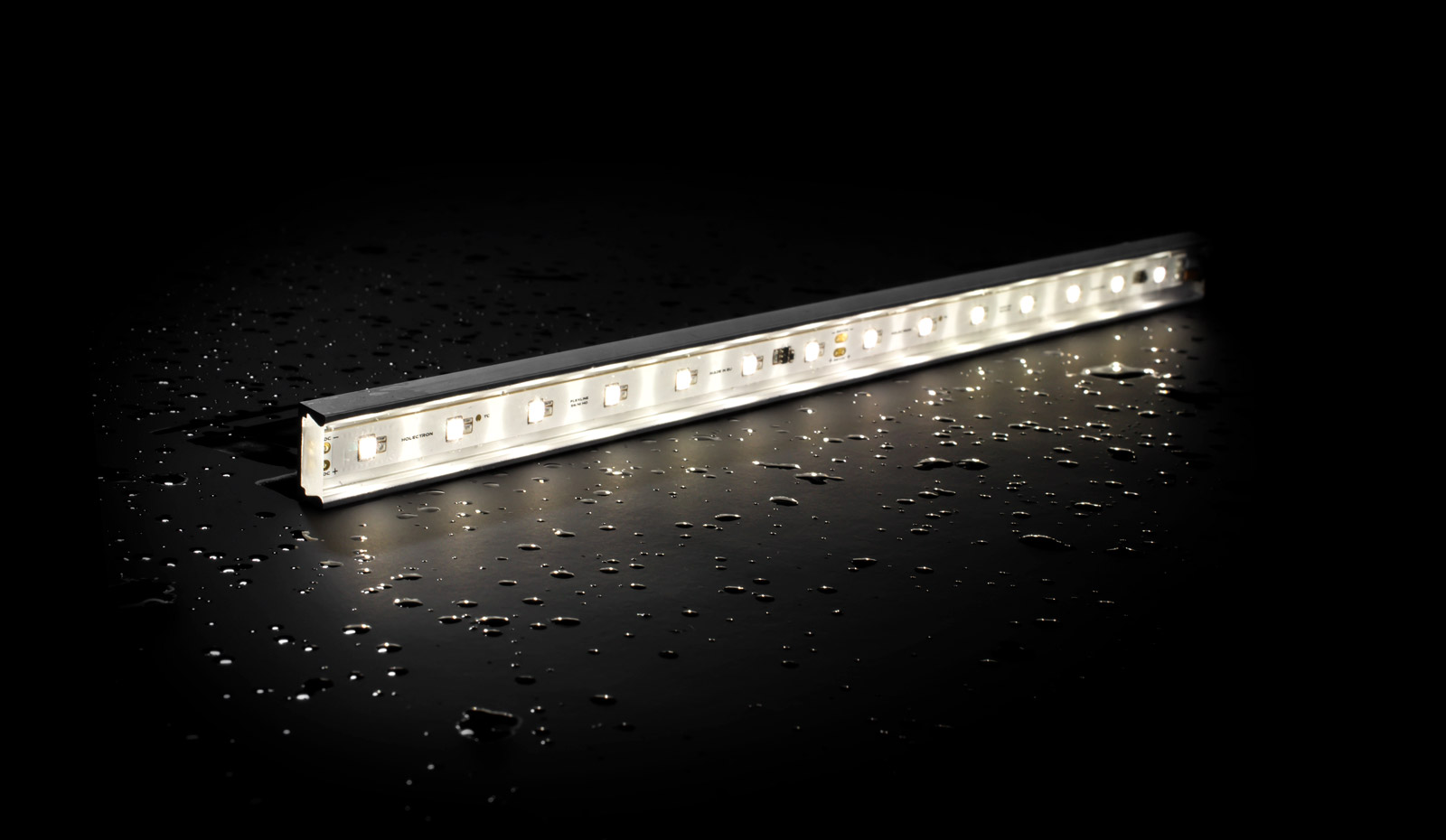
Do Outdoor LED Lights Use a Lot of Electricity
Traditional lights that you have in your home can use a surprising amount of electricity. The holiday season is approaching which means that most homeowners will decorate their porch or their garden with some lightbulbs. However, you don’t want to get hit with that sky-rocket high bill all of a sudden, right? This is why and where a lot of people prefer and ”turn” to LED lights. These are known to be affordable yet quite bright and practical. Keep on reading to understand why outdoor LED might come in handy, as well as what their perks are.
How much electricity do LED lights use?
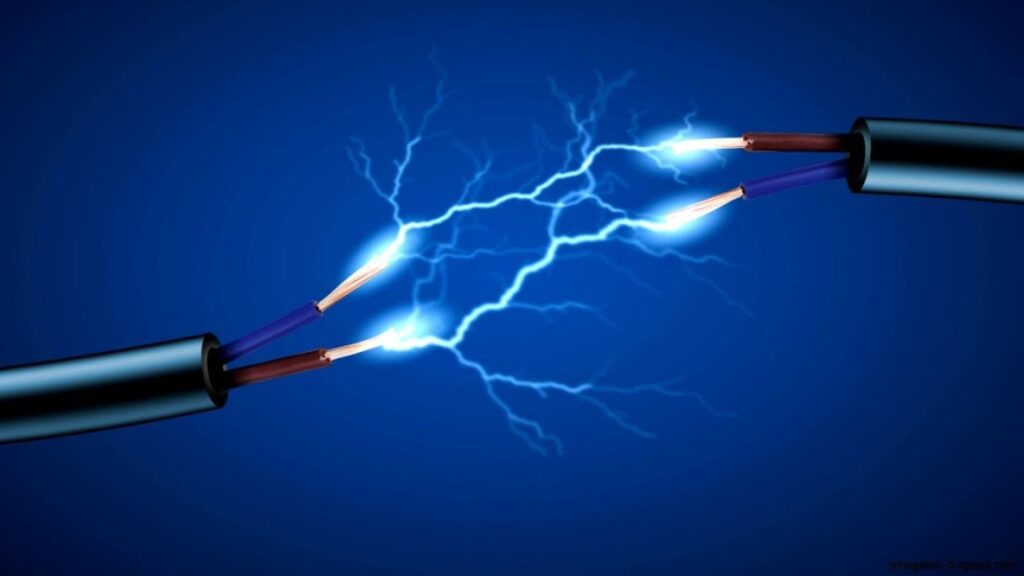
LED Lights use less electricity and last longer than incandescent or CFL bulbs. In fact, one study has shown that LED lights can convert 80-90% of their energy into light, whereas incandescent bulbs only convert about 10-20%. Expect to see them consume up to 80% less energy while lasting you 25 times longer! In fact, switching to LED light bulbs can help the typical home save about $1,000 over a 10-year period. That’s roughly $8.33 a month, but only if you switch up all of your bulbs in your household.
How about connected strip lights?
Well, if you end up putting and connecting several strip lights to a circuit, you are going to see an increase in the electricity usage department, which does make sense. Power’s measured in consumption per meter, so the more meters you add on, the more you’re consuming. Doesn’t matter where you set them up, indoor or outdoors, the rule is pretty much the same. Strip kinds do look pretty, but they come at a price.
How can you calculate LED strip power consumption?
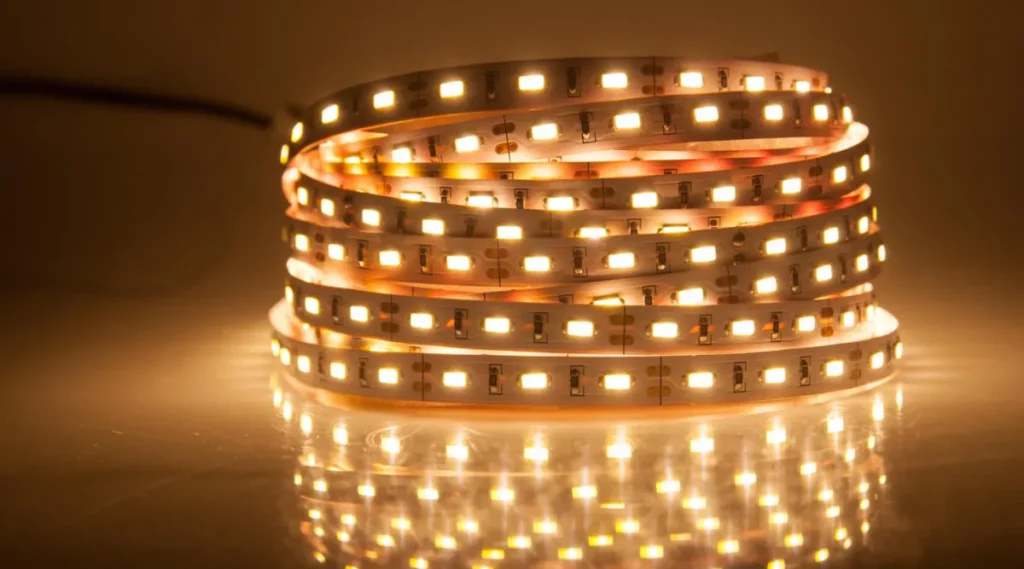
If your strip light provides the Wattage but not the Power Consumption, here’s how you can find out this information yourself. You should know that Power Consumption is displayed in W(watts)m(meters). If you have a strip light that is around 10 meters long and it usually draws 24 Watts, you are looking at a Power Consumption of 2.4W/m. Why do you need to know this? Anyone who plans on shopping for their lights in the near future should know this detail before getting into the store.
Why use LED outdoors?
An outdoor lighting system of any kind does take some time to install and set up. Most homeowners like to know how much it costs to install right upfront. At first, we have to say that not only are these lights sturdy, safe & can be used outdoors (unlike some other bulbs that can’t withstand poor weather conditions), but they are also super inexpensive once you get the bigger picture.
Landscaping & its lighting options
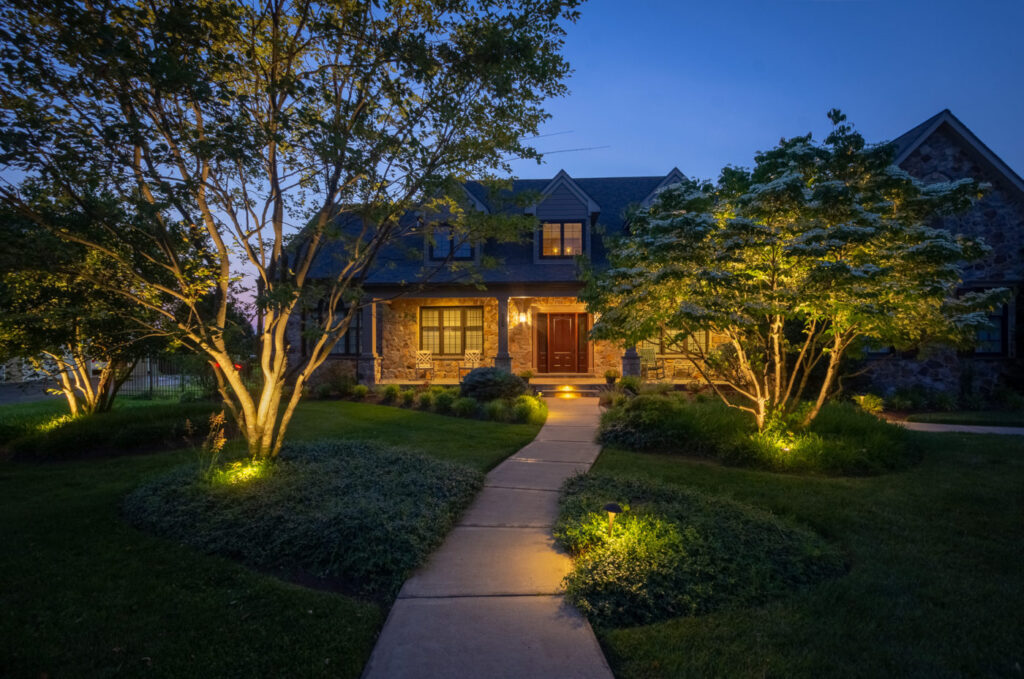
Traditional incandescent and halogen lights are still in use in landscape lighting. However, these kinds and the energy that they produce are mostly used for heat instead of light. In most cases, setting up an outdoor system and halogen lights will cost you around $25 a month in electricity to operate. This price can vary depending on the size of your home/garden, your place of living, as well as your countries standards.
What makes LED landscape lights so different?
The heat creates the light source with your typical bulbs and lighting systems, which will overpower the system and create high bills overnight.
LED, on the other hand, is an electronic device that emits light when an electrical current is passed through it. Why you might want to have LED outdoors?
- Once set up the light doesn’t create as much heat
- You won’t need a lot of energy for the system
- Not as pricey
- You are looking at 15-20% lower electricity prices
- Can withstand different weather conditions
- Super practical for the Christmas or NYE holidays
FAQ about LED lights
1. What does LED stand for?

LED stands for Light Emitting Diode. This is light produced using a semiconductor in a process called electroluminescence. This lighting system has been around since 1962, and it is becoming more & more popular each day.
2. Is this light blue light?
Many people have a bad impression of LED from early versions of the technology. This is because at first, this light did have a blue tint to it, while nowadays this system is changing and adapting to its user.
3. Is it dimmable?
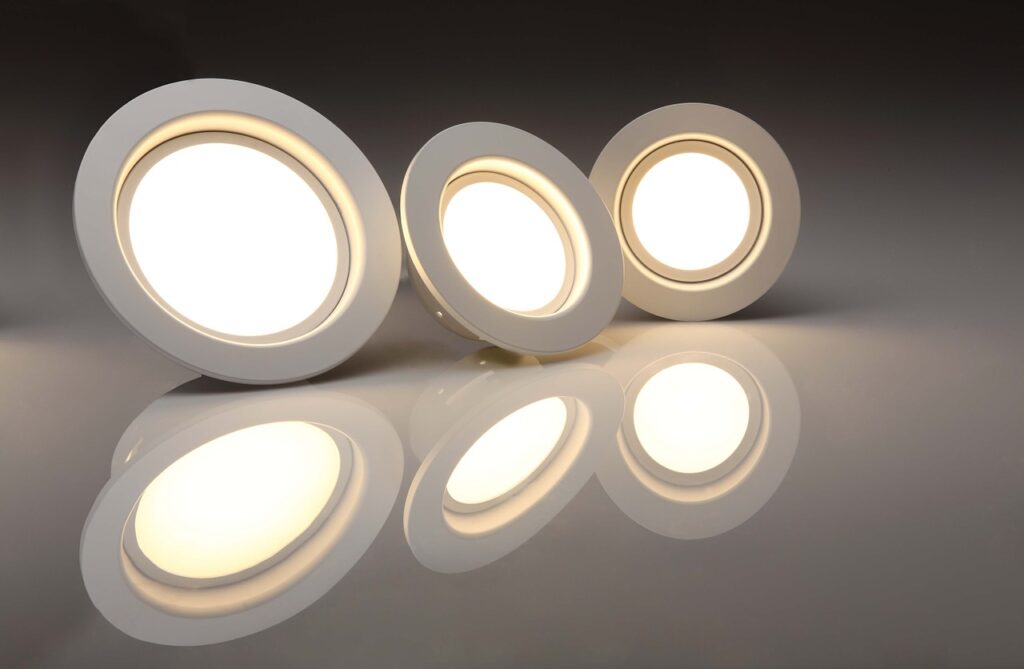
Almost everyone wants a fun, unique & customized feature for their homes. No one wants to deal with that bright yellow light anymore. Luckily, this is why LEDs are dimmable. You can customize the vibe and enjoy low, high, or warm dim for most of your rooms or outdoor use.
4. How long will it last you?
LED has a long lifespan, with most current options rated with at least 20,000 hours of operation. Every brand and manufacturer is different, meaning that you will get different limits with each new purchase. However & usually (as well as realistically) you’re looking at 20 years of use.
5. Is it really better than incandescent or halogen lighting?
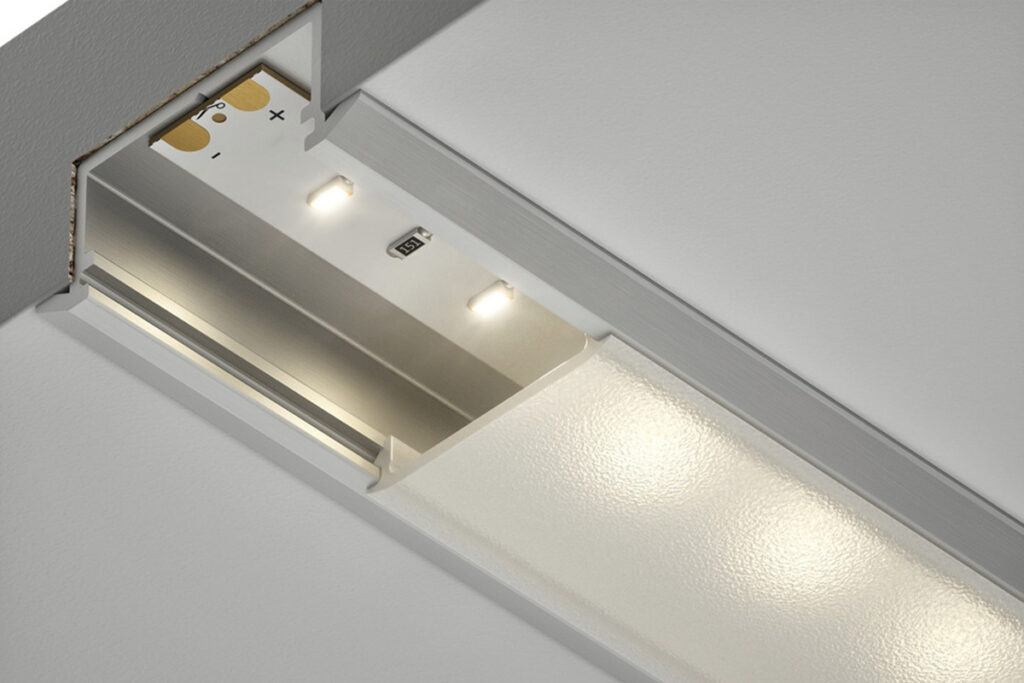
Around 80-90% of the energy emitted from incandescent bulbs is converted to heat instead of light. LED lighting is about 85% more efficient than incandescent lights, which means that it does not need as much energy for the same brightness level. LED lights are also designed to last about 50 times longer than incandescent lighting. So yes, they are better.
Ready to find your new and perfect light?
If you want to have some of the best-LED lights in your home, make sure that you check out https://www.lepro.com/. They have everything that one might need, starting with strip lights, high bay lights, LED flood & tube lights, ceiling, parking kinds & many more! They have served tens of millions of customers and will help you pick out the perfect model for yourself. Browse through their categories and enjoy the discount options that they offer. Contact their customer support or assistants and have all of your questions answered in the shortest amount of time possible.
